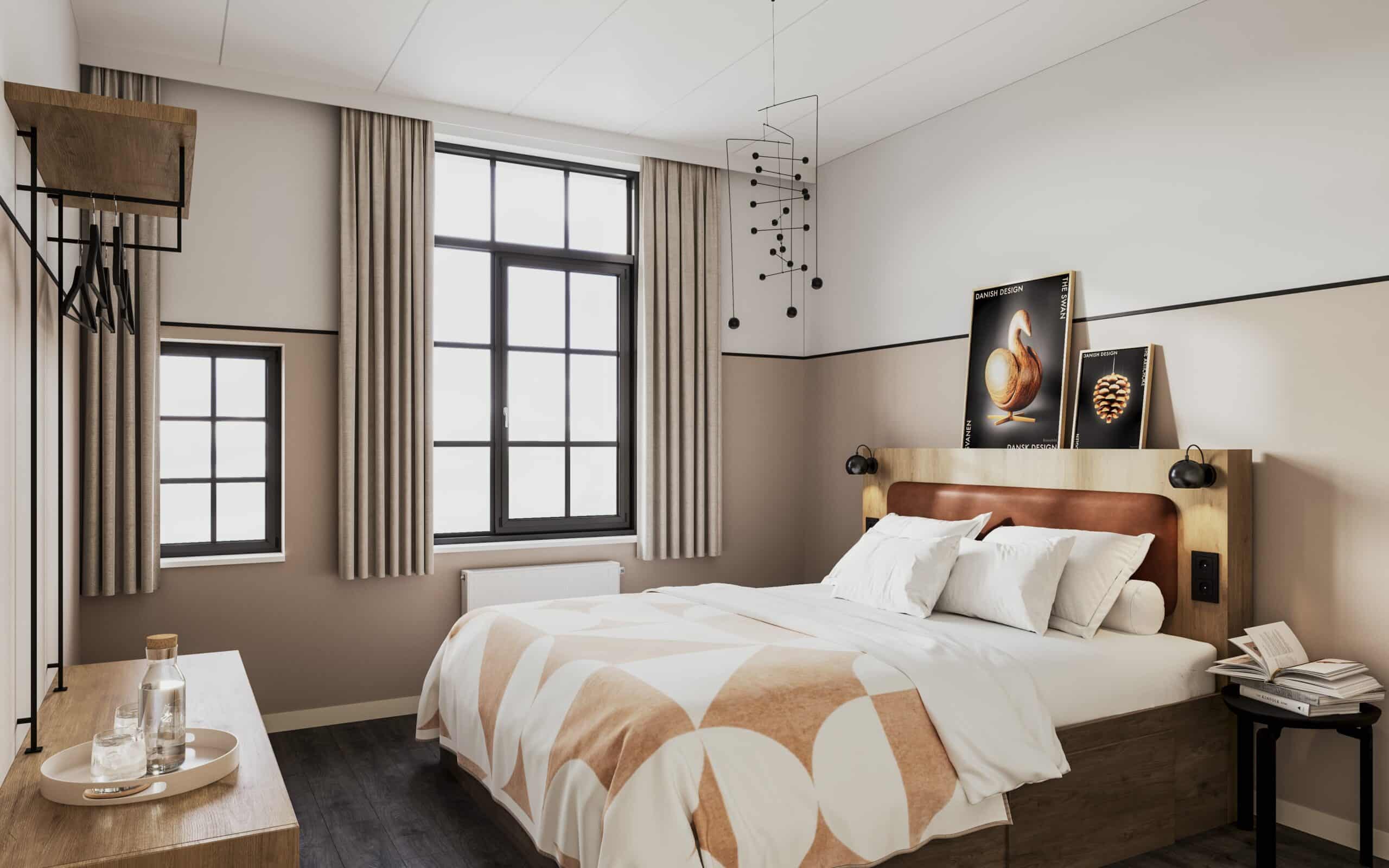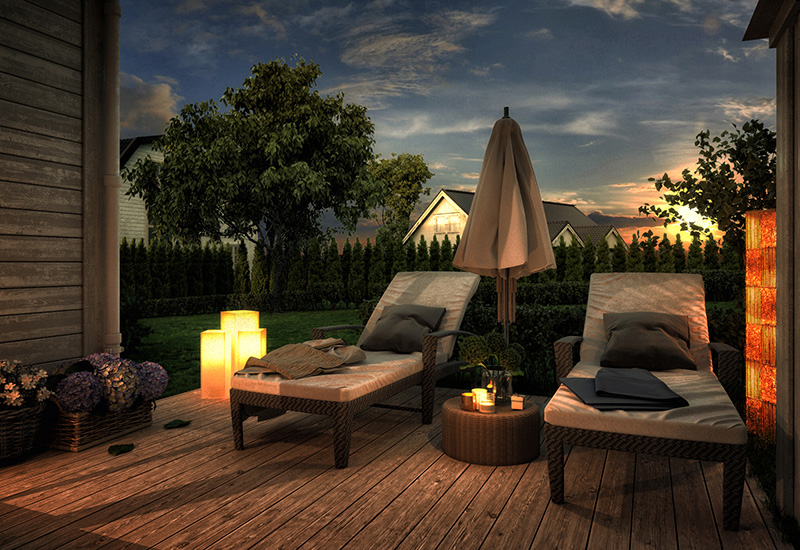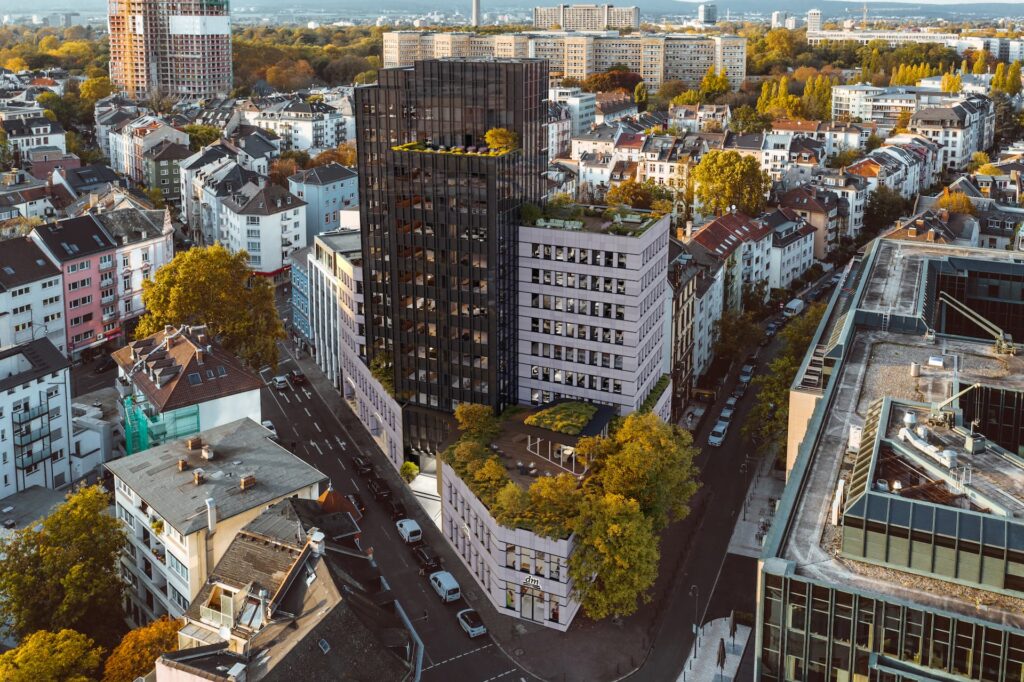In the realm of architectural visualization, proper lighting is an essential tool that brings out the beauty and functionality of a space. More than just a simple tool for visibility, lighting plays a critical role in 3D apartment visualizations, helping to create realistic, captivating images that convey the intended atmosphere, mood, and design intricacies of the space. The unique effects that can be achieved with day and night lighting are particularly striking.
Day Lighting in 3D Apartment Visualizations

Day lighting in 3D visualizations is all about utilizing and manipulating natural light to accentuate the living space. The primary source of light during the day is, of course, the sun, which can be used to create diverse visual effects by adjusting its position, intensity, and color.
When expertly utilized, daylight can highlight the strengths of an apartment’s design, showcasing how it interacts with natural light in real life. It can bring out the colors and textures of materials, highlight architectural details, and help to create a warm, welcoming atmosphere.
By using advanced rendering techniques, 3D artists can simulate how sunlight filters through windows, casting shadows and creating a play of light and dark areas that add depth and realism to the scene. Different types of daylight settings, like clear sky, overcast, or sunrise/sunset, can be used to evoke different moods and emotions, giving potential buyers a comprehensive view of the apartment at various times of day.
Night Lighting in 3D Apartment Visualizations

Night lighting, on the other hand, involves the strategic use and placement of artificial light sources. With the absence of natural light, the focus shifts to interior lighting, which can dramatically alter the appearance and ambiance of a space.
In 3D apartment visualizations, night scenes often have a more intimate and cozy feel. The use of warm, soft light can create a sense of comfort and relaxation, while strategic lighting can highlight specific design features or areas of the apartment.
Moreover, exterior lighting, such as streetlights or the glow from neighboring buildings, can be incorporated to add an extra layer of realism and depth. The reflection and refraction of these light sources on various surfaces can create visually stunning effects that give a unique character to the nighttime scene.
Contrasting Day vs. Night Visualizations
By offering both day and night visualizations, architects and real estate marketers can provide a complete picture of what life in the apartment might look like. Day scenes can demonstrate the apartment’s functionality and how it benefits from natural light, while night scenes can showcase its potential for relaxation and leisure after a long day.
Comparing day and night visualizations also highlights the versatility of the space, showing how it can adapt to different needs and moods. This can be particularly beneficial for marketing purposes, as it helps potential buyers to form a more personal and emotional connection with the property.
In conclusion, lighting plays an invaluable role in 3D apartment visualizations. Whether it’s the bright, natural light of day or the soft, artificial glow of night, the proper use of lighting can make a significant difference in how a space is perceived. By understanding and manipulating these different lighting conditions, 3D artists can create realistic, compelling visualizations that truly bring a space to life.







